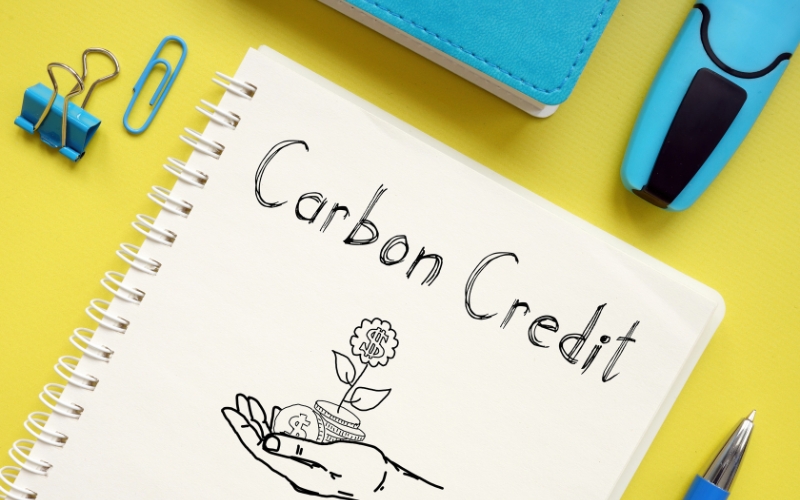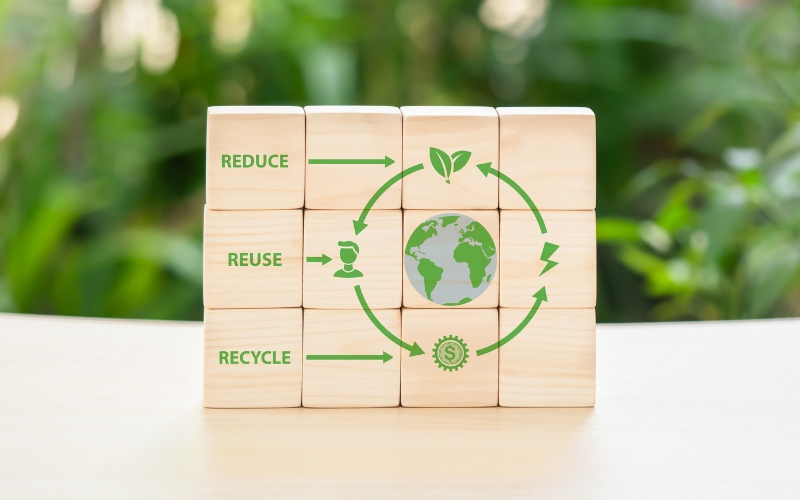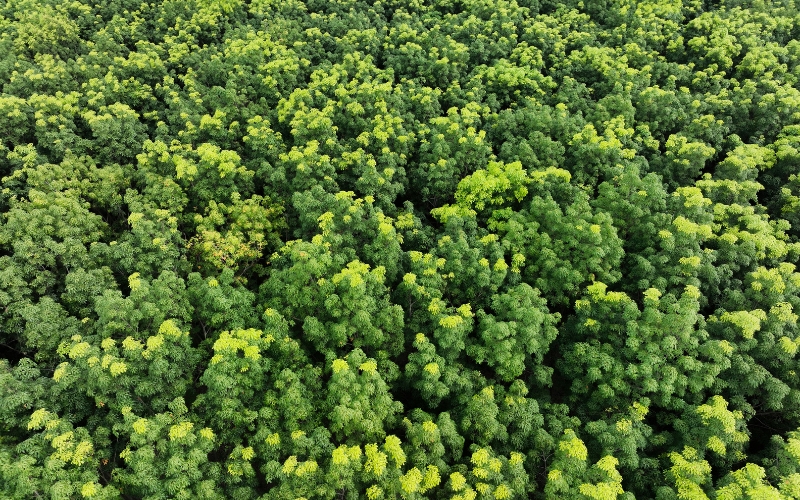Currently, carbon credits have become a crucial concept in the environmental and climate change sectors. In Vietnam, carbon credits are a relatively new and significant concern for the government and state. Let's explore how carbon credits are calculated, carbon credit projects, and the regulations surrounding carbon credits in Vietnam with 3D Master.

Carbon credits related to forests in Vietnam are regulated and supported by key legal documents, notably:
Environmental Protection Law 2020:
The Environmental Protection Law of 2020 clearly outlines the conservation and development of natural resources, especially forests, for carbon absorption and storage. The law emphasizes the role of forests in minimizing and responding to climate change.
Decree 57/2018/NĐ-CP dated 17/4/2018 by the Government:
This decree establishes incentives for the development of forest carbon accounting projects and the provision of forest environmental services. It encourages businesses, households, individuals, and local communities with forested land to participate in these projects and receive forest carbon credits upon completion.
It's important to note that with the rapid growth of the carbon credit market, new regulations may emerge over time. Therefore, staying updated on new legal documents is crucial for compliance and maximizing opportunities in this field.

Carbon credit projects play a vital role not only in reducing greenhouse gas emissions but also in providing significant business opportunities. This article focuses on analyzing typical projects, evaluating their performance, and assessing their impact on the carbon credit market.
Trading carbon credits is seen as a lucrative future revenue source. According to experts' forecasts, the value of carbon credits is expected to continue rising due to increasing demand from businesses and organizations for greenhouse gas reduction. In 2022, Vietnam estimated the sale of 57 million carbon credits, equivalent to several million USD, according to the Ministry of Industry and Trade's Electronic Information Page.

An essential part of the carbon credit trading process is calculating greenhouse gas emissions. Understanding calculation methods, and relevant factors, and ensuring transparency and fairness in this process are crucial.
Learn more: [How to Calculate Carbon Credits Using 3D Scanning Technology](https://3dmaster.com.vn)
Vietnam is experiencing significant development in the carbon credit trading sector, with 23 localities providing carbon storage services. However, only six localities are authorized for carbon credit trading. Notably, Cà Mau province stands out with its vast mangrove forest area, estimated to yield hundreds of tons of carbon at $5 per credit per hectare.
Other provinces like Quảng Nam, Nghệ An, and some northern mountainous provinces see this opportunity as a crucial leverage for sustainable development and environmental protection.

This article provides an overview of the opportunities and challenges in the carbon credit trading market in Vietnam. It offers detailed information on regulations, projects, business prospects, and carbon credit calculation methods. Understanding the regulations and practices in carbon credit trading will provide readers with a comprehensive insight into this crucial topic.
Contact Information:
- Website: [https://3dmaster.com.vn](https://3dmaster.com.vn)
- Hotline - Zalo - LINE - Telegram - WhatsApp - Viber - Kakaotalk: +84 982 089 198 | 0986333960
- Email: cuong3dmaster@gmail.com, hung3dmaster@gmail.com, tech3dmaster@gmail.com